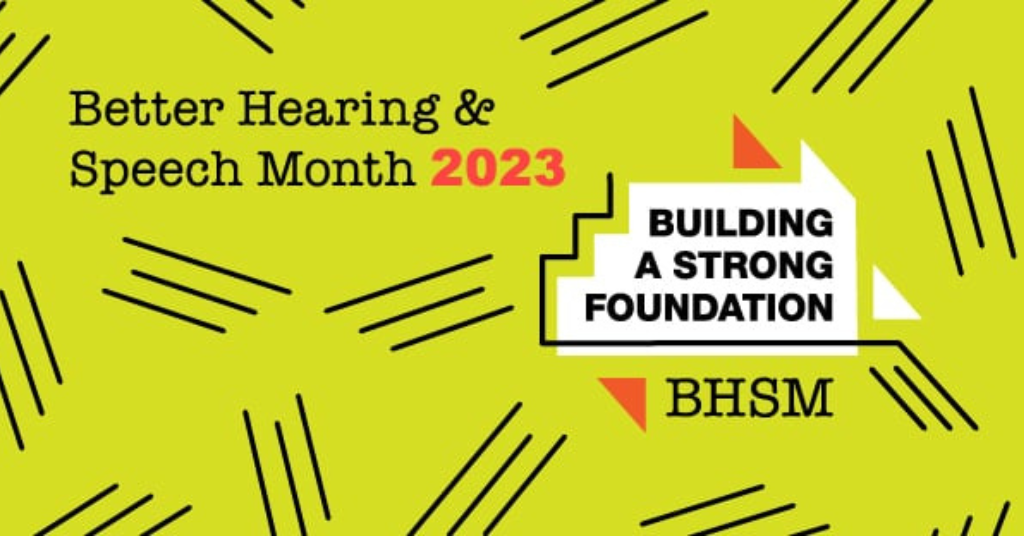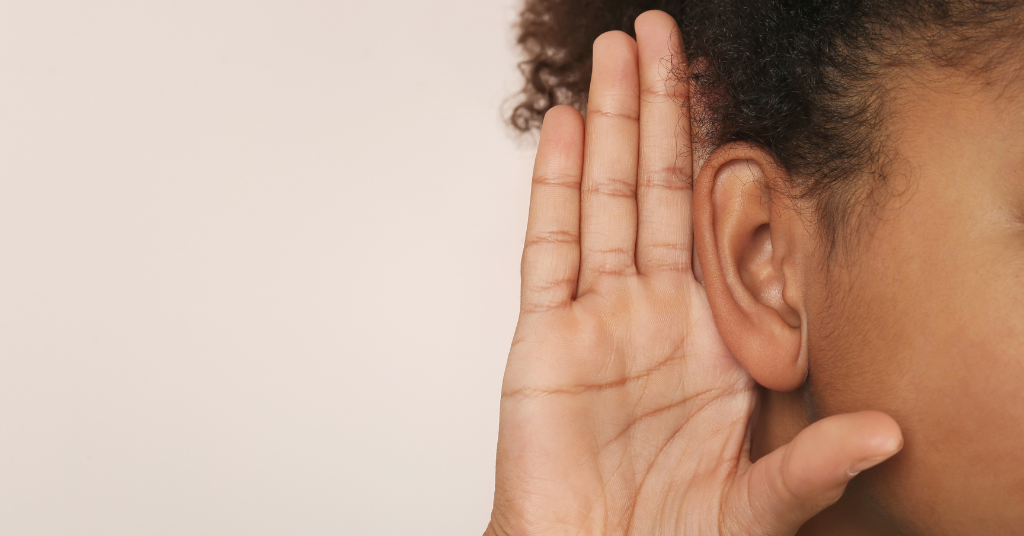
Speech-to-Text apps for the deaf community
June 1, 2020
6 children’s books about hearing loss
June 1, 2020How to learn sign language

In the hearing loss community, sign language is one of the major forms of communication used.
It consists of hand movements, hand shapes as well as facial expressions and lip patterns in order to demonstrate what people want to say.
Sign language is often used instead of spoken language in Deaf communities, as some people with hearing loss have been brought up solely using sign language to communicate with family or friends. Of course, even those with normal or limited hearing can also learn this wonderful, expressive language!
Here are my tips to learn sign language:
Types of sign language
The first thing to understand is what type of sign language you want to learn. This will most likely be based on where you live, and what verbal language is spoken in your community. Hand signs can vary based on the type of sign language being used. For example, there is American Sign Language (ASL), British Sign Language (BSL) and various others, based on different languages.
In general, sign language is grouped into three sections :
- Deaf sign languages: The preferred languages of Deaf communities around the world; including village sign languages, shared with the hearing community, and Deaf-community sign languages
- Auxiliary sign languages: Sign systems used alongside oral, spoken languages.
- Signed modes of spoken languages, or manually coded languages: Used to bridge signed and spoken languages
How to learn sign language
Take a sign language class
If you’re ever considering learning sign language, this is one of the best ways to do it! Often community centers, community colleges or other educational centers offer day or evening classes. Qualified sign language tutors can help you work toward sign language qualifications. Classes are also a great way to meet new people and see the signs face-to-face.
There are also online classes. Some of my HearingLikeMe writers have taken classes with ASL For You and have learned a lot through weekly Zoom classes.
Being in a class gives the opportunity to practice signing with different people. It is considered a good investment if the qualification leads to a job!
If you’re interested, research for classes in your local area or contact your local education authority.
Learn online by watching videos
Like many things these days, you can learn easily online! There are plenty of resources, like YouTube or BSL Zone where you can watch videos with sign language. Any form of video is a great way to watch and you can replay it as many times as you like, in the comfort of your own home.
Read more: Easily learn sign language by studying these GIFs
Join a sign language group, deaf club or visit a deaf café
Many cities have deaf clubs or groups of deaf people who meet regularly and quite often use sign language as their form of communication. It’s a fantastic place to meet new people, who share hearing loss in common as well as the chance to polish your sign language skills. You can contact a Deaf charity or organization nearby, or search for a group using websites such as Meetup.com to find a group for you.
Take an online course
Online courses can be an alternative to day or evening classes that you take in-person. Some Deaf organizations and universities provide these, so do some research to find the best course for you. For example, Gallaudet University has a free online course to learn ASL.
Online courses are more flexible because they can be done in your own time, or in the comfort of your own home. You can practice as much as you need, and there is often no pressure to complete it.
Hire a private, qualified sign language tutor
If you want to learn sign language quickly, a private tutor could be the best way. Research local, qualified sign language tutors in your area who are willing to offer private tuition. Courses could be done in one-to-one sessions, or in small groups of your choice. You may find a private tutor more of a benefit if you find a large class environment is too difficult to learn in.
Watch and mimic interpreters
You can easily pick up signs by watching others, particularly sign language interpreters. You can often find them at deaf events or on TV during special, live events. Some TV shows also utilize sign language, such as “Switched at Birth.”
Ask your Deaf friends and family teach you
Asking a Deaf friend to teach you some sign language is a great way of making new Deaf friends! If you know friends or family use sign language already, asking them to teach you some signs will also remove some stresses from the struggle of oral/spoken conversation with them – making the exchange beneficial for both of you.
Just make sure your friend or family member uses sign language before asking them, as not all people who have hearing loss know sign language.
Read more: Why I’m learning sign language as an “orally” profound deafie
Use an App
There are also a few apps available to learn sign language on!
My favorite is the ‘Sign BSL’ app, which is a British Sign Language Dictionary app. If you don’t know how to sign a word, you can search for it on the app so it’s a great resource.
There are also great apps for ASL learners. The language learning platform, Drops, released ASL on their Scripts app in conjunction with the United Nations’ International Day of Sign Languages The app teaches learners how to read and write alphabets and character-based language systems.
Drops’ ASL offering on Scripts is free for 5 minutes a day, allowing anyone with the Scripts app the ability to quickly learn the ASL alphabet. By associating illustrations of the signs to their meanings and testing users through fun, 5-minute games, Drops is bringing their acclaimed learning approach to an even broader audience and leveraging its global, multi-million user base to bring global awareness and access to ASL.
Read a Book
If you’re not a fan of online learning, there are plenty of books available at bookshops and libraries. There are varieties from Sign Language dictionaries, books for children, step by step learning and so much more!
These, however, may be more difficult to learn from, as the movements for the signs are not as obvious to see, in contrast to watching a video.
Watch a video/DVD
Yet another suggestion is watching a video or DVD or pre-recorded sign language learning video. Some organizations have created videos or DVDs especially to help you learn the language properly. If you’re not sure which one to get, why not contact a Deaf organization or visit your local library.
A few more tips to learn sign language
Once you’ve found your preferred language learning method, you need to be aware of a few things to successfully use sign language.
- Facial expressions are key: Deaf people use facial expressions to determine the mood of the conversation or topic. It also brings more character to the sign language. Don’t be afraid to be expressive, as the teacher or video learner will show you.
- Utilize real-life situations: Real-life exchanges with other people who know sign language will help you learn more quickly! Join social groups to help you practice.
- You’ll need qualifications to be professional: If you want to be an interpreter, you’ll need further qualifications. Talk to your professors or community deaf groups for more information.
- Practice your fingerspelling! Fingerspelling is quite simple, and an easy way to communicate with deaf people without memorizing all the word phrases. Even a little bit of sign language will be beneficial when communicating with deaf people!
Now that you’ve got a basis on how to learn sign language, I hope you can find local or online resources to do so! Remember to have fun while learning, and communicate with other sign language users. You will be well on your way to make new friends, communicate with others and grow your own language comprehension!




